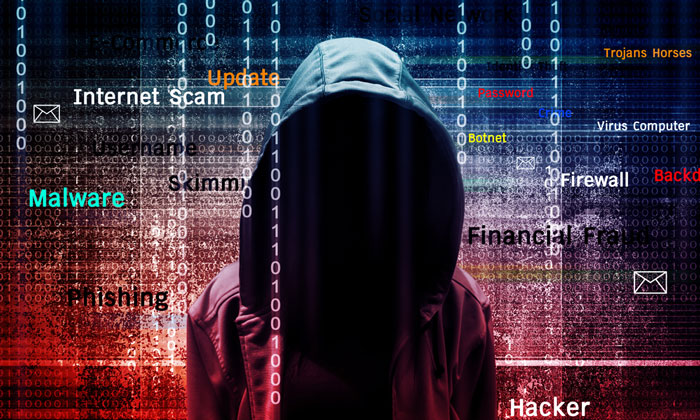During the COVID-19 pandemic, the time we spent on our screens has increased drastically. Everything became remote and most of our human interaction consisted of our online contact. Instead of being able to speak with our colleagues, most of our face-to-face conversations turned to emails and Zoom calls. People who started a position while working from home may not even be able to recognize their colleagues if their cameras were not on during the virtual meetings. Working from home became the new normal, but is this transition safe? Will the threat to our cybersecurity be greater as we spend more time and share more online?
The need for keeping our data safe online has become increasingly important during the pandemic, as we spend more time interacting online, sharing more information, and working from home. Remote working has had an impact on the average cost of a data breach already, increasing it by $137,000. Employees working on private home networks rather than secure company ones are left more vulnerable. The pandemic has also limited the number of activities we can enjoy outside of our houses and provided us with more spare time. For hackers, this time was not wasted as pandemic related fraud reports, in the US, have cost around $114.4 million by mid-August 2020. Even when it comes to Zoom, our data has not been safe. In April, more than 500,000 users have been victims of a breach and the accounts were sold on the dark web. It is increasingly important for people to be aware of online threats, and for companies to ensure their cybersecurity strategies sufficiently protect our data, both as consumers and employees.
It has become increasingly attractive for cyber-criminals to attack as the value of data increases and we become more vulnerable. Individuals are not the only ones at risk, companies and other institutions have also felt the increase in cyber-crime. The laboratory at the University of California had their system frozen and ended up having to pay 116.4 bitcoins ($1.14m) to the hackers. The system was worth the money to the laboratory, since it had contained research relating to the search for a Covid-19 cure.
As more companies find ways to monetize data, there will be more money and value for cybercriminals to extort. There are many ways to protect ourselves such as checking our emails for phishing, using an anti-virus, using a VPN, strong passwords, two-factor verification, etc. However, even if we take the necessary steps to protect ourselves, we may still become victims. Facebook is constantly involved in data breaches and third-party misusage of users’ information. In 2019, 267 million Facebook user accounts were compromised with phone numbers and names obtained, then offered for sale on the dark web. Do you trust companies with protecting our data? I believe cybercrime will become an increasingly important issue as we transition to hybrid ways of working in the post-pandemic life (hopefully). Are you concerned about cybercrime and the safety of your data?
Sources:
https://www.pandasecurity.com/mediacenter/news/covid-cybersecurity-statistics/
https://www.ibm.com/security/data-breach
https://mitsloan.mit.edu/ideas-made-to-matter/how-to-think-about-cybersecurity-era-covid-19
https://www.ft.com/content/935a9004-0aa5-47a2-897a-2fe173116cc9



